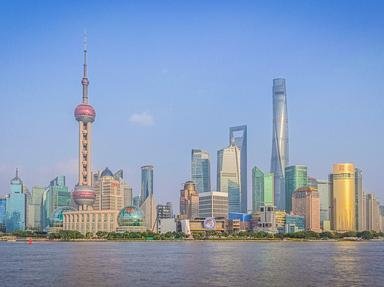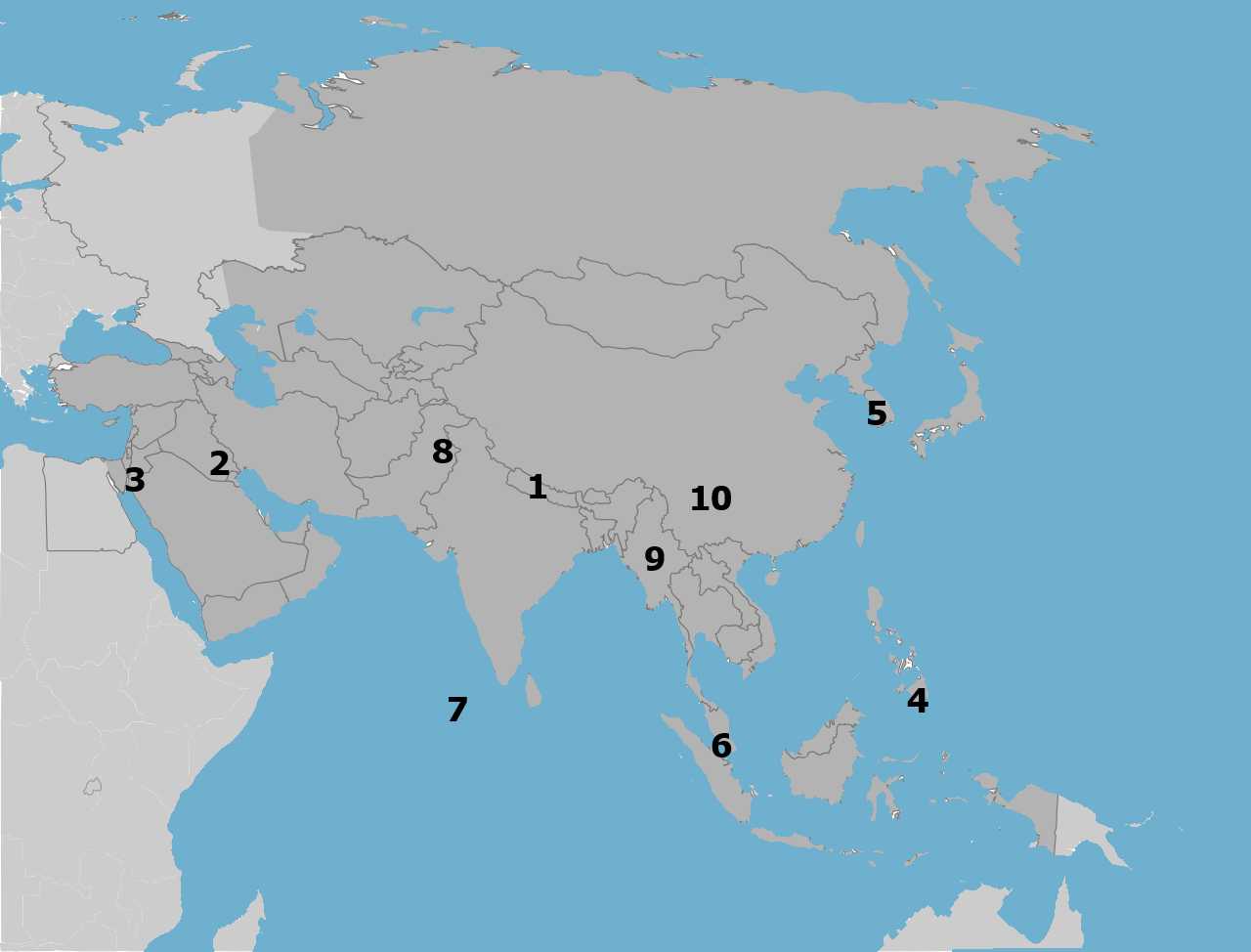
Place the City - Asia [3] Trivia Quiz
Hey you-- yeah! you!-- over there with the map! Come help me locate ten cities, all from Asia, if you can. Good luck!
A label quiz
by kyleisalive.
Estimated time: 3 mins.
- Home
- »
- Quizzes
- »
- Geography Trivia
- »
- Asia
- »
- Asia - Cities
